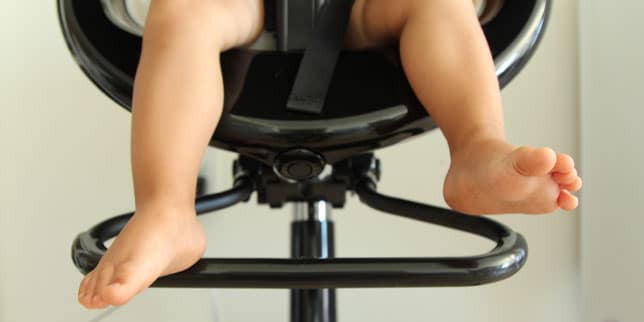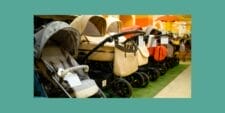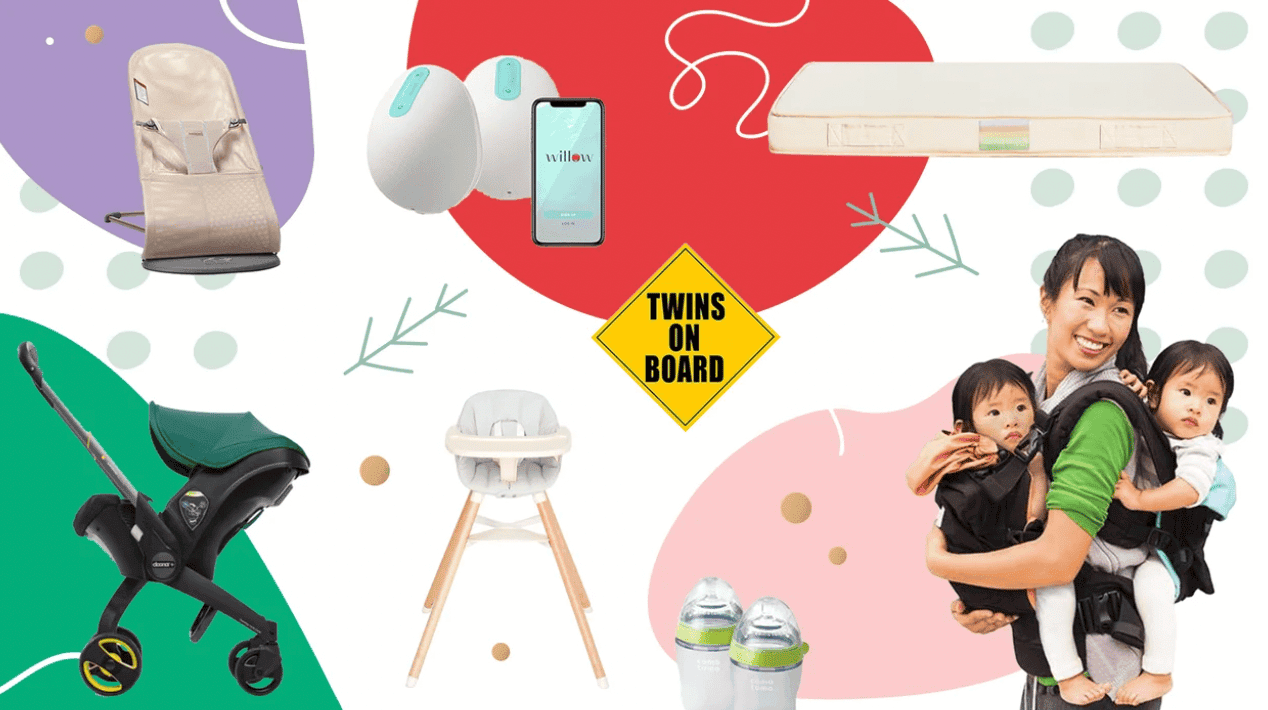Is Your Baby Gear Safe?

A guide to help you choose the right equipment for your baby’s development.
Some baby gear is timeless: the rocking chair, the cradle and the swings, to name a few. They evoke movement that the baby experienced in the womb and replicate that lulling comfort of being held in a gentle fluid flow. There are also all the other baby seats, like high chairs, which turn out to be a necessity at some point or another. But how can we know what is truly helpful for a baby and his parents? Can any of these tools be detrimental to his developing body and mind?
Recently, there has been a baby boom and with it an explosion of new baby gear. Manufacturers state they’ve done their research, make safety claims and assert that their products promote development.

A developing baby’s anatomy is unique and ever-changing. A baby’s head, for example, is much bigger than his bottom. His spine is nearly straight, without the natural curves of the cervical, thoracic, lumbar, and tailbone curves that later create architectural cantilevers to support our bodies in vertical. Babies are also born with only one foot bone – the other twenty-five foot bones develop from cartilage with push, pull, and reach movements, like tummy time, rolling, creeping, and crawling. These movements also help baby become stronger muscularly and create the spine that enables us to be the only vertical mammal standing on just two feet!
When you consider baby’s anatomical uniqueness, you quickly realize that much of the baby equipment out there is anything but helpful. To help you figure out what gear you should get to help your baby develop, here’s a guide to the good, the bad and the questionable.
For feeding. Some manufacturers claim that their devices help a baby learn to sit. But forcing a baby into an upright position before he gets there independently from lying on the floor can be detrimental to the pelvis, spine and head, potentially causing physical misalignment. That is why reclining seats are best to fully support baby’s developing body. Reclining seats fully support baby’s developing body. Many high chairs now have a variable recline feature, which is terrific! When reclining slightly, a baby who is ready to eat solids, but not yet able to sit in vertical can be more comfortable, balanced, alert, and willing to eat. Digestion is better in this position as well.
For lounging. Floor seats that offer molded contours force baby to maintain a sitting position before he can sit on his own cause the pelvis to rock backwards. Similarly, most jumpers and walkers force a baby into a vertical position with nothing but flimsy fabric that does not adequately support their spine and head. This isn’t good for the body, and it is safest to use them only once baby is really good at creeping, a movement also known as the military crawl. This movement is a powerful strengthener for the muscles and joints and can help baby balance his big head. Creeping contributes greatly to developing the foot cartilage to bone, and also is the precursor to being able to crawl on all fours or sit which require great balance (like riding a bike!). Until then, swings and bouncer chairs that recline are great options.
For playing. One of the best all-time inventions to help parents childproof a home, give them time to do some chores, and help baby develop has been the playpen. These enclosures are portable and give baby the floor time that he needs to practice movements while playing with whatever toys or objects the parents have placed inside the playpen. There are also gates that expand to provide baby with a safe room within a room.
For babywearing. The bottom line in considering whether something is safe is to really look at the baby and consider what its developing body needs. This changes over time. For example, with using baby carriers, a newborn baby should NEVER face out because its head and spine are not being supported. When can a baby face out? When the baby is creeping. This movement develops with floor time and stages of tummy time activities and generally occurs between 6-9 months of age.
For sleeping. Choosing a crib mattress is serious business, as there are documented health risks associated with the toxins emitted from some mattresses. Research now shows that babies who breathe toxic mattress fumes have a higher incidence of SIDS. That is why finding an all natural organic mattress for your baby is imperative. And while you’re at it, get one for yourself too. This could range from an organic cotton futon to a rubber memory foam type of mattress. There are many options. We spend a great deal of time sleeping and breathing on our mattresses throughout life. They are part of our everyday life. Making sure baby has a clean health mattress is crucial.
Enjoy your babies as they develop with floor play, emulating the gentle fluid flow of the womb, engaging activities, and safe, clean baby equipment that is used with discretion and consideration.
For more on baby development, go here. There’s also a video on tummy time and beyond.


































